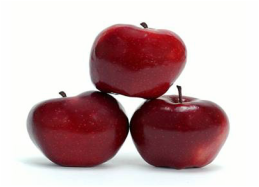 In our last post we talked about the muti-factoral nature of most health conditions. We broke it down into four main categories:
We live in a highly toxic world. Never before have there been so many different types of environmental toxins that we all get exposed to on a daily basis. Our food, our water, our air, even our health and beauty products contain known carcinogens. Don't Panic! There is a lot that you can do to minimize your exposure and improve your bodies ability to detoxify and eliminate what you are exposed to. Here's the story: Around the end of World War Two, industry and agriculture took off. This explosion while great for the economy, introduced a lot of new chemicals into the environment. Most of these chemicals were untested as far as what the long term effects would be on the world around us and especially ourselves. This practice has continued and increased to this day. We now find ourselves in a highly toxic world where not only has the amount of exposure to toxins increased dramatically, our ability to detoxify has been significantly reduced due to Genetic mutations from these toxins! Each successive generation accumulates more genetic damage which then makes them more susceptible to the increasing environmental toxic load. This is currently thought to be the root cause of many chronic autoimmune and neurological conditions prevalent today. Such as: Parkinsons, Multiple Sclerosis, Lymes , Alzheimers, Autism, just to name a few. We will come back to all this later. Another piece of the puzzle is that due to current agricultural practices the amount of nutrition that we get from our food is significantly less. For instance you would have to eat 3 apples today to get the same nutrition that you would have gotten from one apple in 1940! Wow, So what can we do?
Don't panic, lets keep it simple. Here are some simple steps to help you and your family:
One step at a time. Take baby steps and just keep going. In our next post we will explore Genetic mutations further and how these affect your health. Yours in Health, Dr Rick
0 Comments
Leave a Reply. |
AuthorCategories
All
|
|
HOURS
Monday 3:30-6:30 p.m. Tuesday: 11 a.m. - 1 p.m. & 3:30-6:30 p.m. Wednesday: 11 a.m.-1 p.m. & 3:30-6:30 p.m. Thursday: 3:30-6:30 p.m. Friday - Sunday: Closed |
ADDRESS
3333 S Wadsworth Blvd Suite D-228 Lakewood, CO 80227 PHONE
720.570.2500 |



 RSS Feed
RSS Feed
